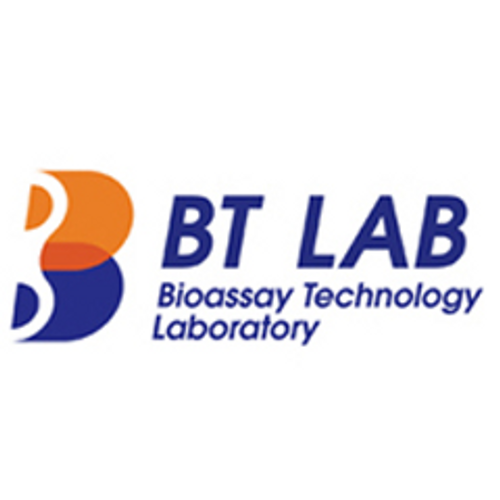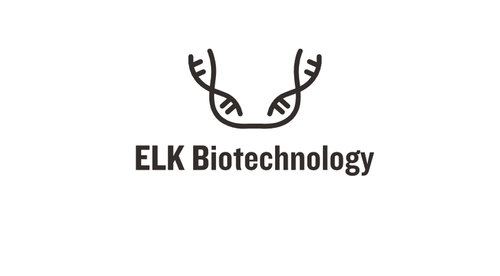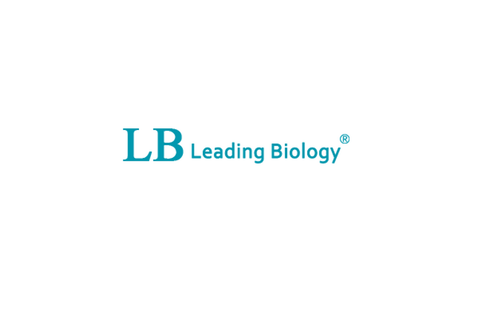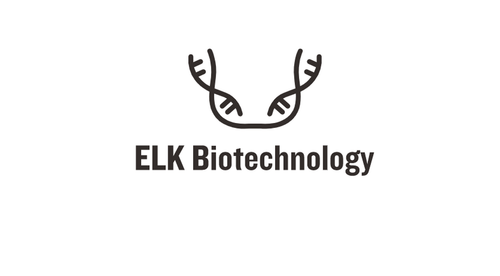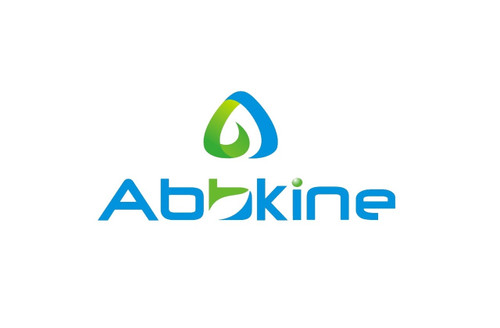Product Description
Rat Prolactin (PRL) ELISA Kit | AE25909RA | Abebio
Species Reactivity: Rat (Rattus norvegicus)
Abbreviation: PRL
Alternative Name: LTH; Luteotropic Hormone
Application: ELISA
Range: 0.312-20 ng/mL
Sensitivity: 0.117 ng/mL
Intra-Assay: ≤5.4%
Inter-Assay: ≤10.6%
Recovery: 1, 05
Sample Type: Serum, Plasma, Other biological fluids
Detection Method: Sandwich
Analysis Method : Quantitive
Test Principale: This assay employs a two-site sandwich ELISA to quantitate PRL in samples. An antibody specific for PRL has been pre-coated onto a microplate. Standards and samples are pipetted into the wells and anyPRL present is bound by the immobilized antibody. After removing any unbound substances, a biotin-conjugated antibody specific for PRL is added to the wells. After washing, Streptavidin conjugated Horseradish Peroxidase (HRP) is added to the wells. Following a wash to remove any unbound avidin-enzyme reagent, a substrate solution is added to the wells and color develops in proportion to the amount of PRL bound in the initial step. The color development is stopped and the intensity of the color is measured.
Product Overview: Luteotropic hormone is a peptide hormone discovered by Dr. Henry Friesen, primarily associated with lactation. In breastfeeding, the act of an infant suckling the nipple stimulates the production of prolactin, which fills the breast with milk via a process called lactogenesis, in preparation for the next feed. Oxytocin, another hormone, is also released, which triggers milk let-down.Prolactin (PRL) is a peptide hormone primarily associated with lactation. In breastfeeding, the infant suckling the teat stimulates the production of prolactin, which fills the breast with milk (lactogenesis) in preparation for the next feed. Oxytocin, a similar hormone, is also released, which triggers milk let-down. Prolactin (PRL) is a polypeptide hormone secreted by anterior pituitary of both male and female.
Stability: The stability of ELISA kit is determined by the loss rate of activity. The loss rate of this kit is less than 5% within the expiration date under appropriate storage condition. The loss rate was determined by accelerated thermal degradation test. Keep the kit at 37°C for 4 and 7 days, and compare O.D.values of the kit kept at 37°C with that of at recommended temperature. (referring from China Biological Products Standard, which was calculated by the Arrhenius equation. For ELISA kit, 4 days storage at 37°C can be considered as 6 months at 2 - 8°C, which means 7 days at 37°C equaling 12 months at 2 - 8°C) .
 Euro
Euro
 USD
USD
 British Pound
British Pound
 NULL
NULL




